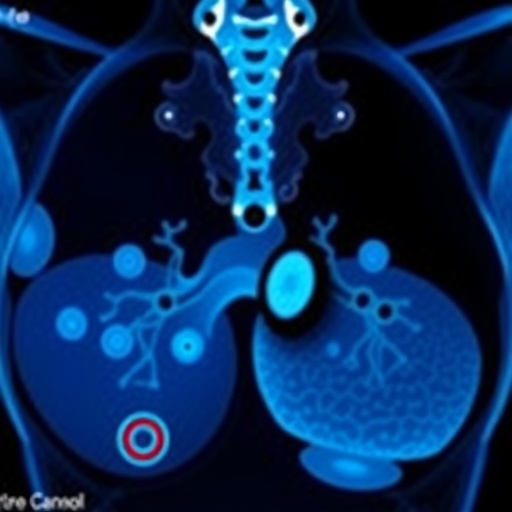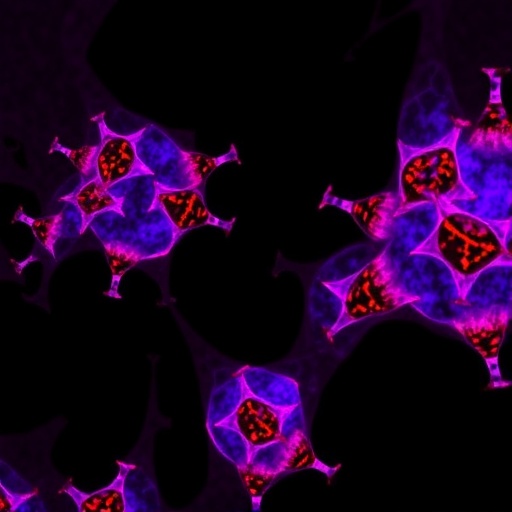Prostate cancer remains a significant global health issue, impacting an increasing number of men each year. The traditional diagnostic methods have relied heavily on imaging techniques and biopsy procedures, with Magnetic Resonance Imaging (MRI) often being hailed as the gold standard. However, the practical challenges associated with MRI, including cost and accessibility, have led researchers and clinicians to pursue alternatives that can offer efficient, reliable, and high-accuracy results for prostate cancer detection. Among these innovative alternatives, micro-ultrasound (microUS) has emerged as one of the leading candidates in reshaping the diagnostic landscape.
Recent advancements in imaging technology have propelled micro-ultrasound to the forefront of prostate cancer diagnostics. MicroUS operates at remarkably high resolutions, allowing for the imaging of prostatic ductal anatomy with a precision of just 70 microns. This level of detail surpasses many traditional ultrasound methods while providing a non-invasive approach to evaluating the prostate. The ability to visualize the gland with such clarity can facilitate the early detection of tumors that might have otherwise gone unnoticed using less sophisticated imaging techniques.
In clinical studies, level 1 evidence has been presented that underscores the non-inferiority of microUS compared to MRI in detecting Grade Group ≥2 prostate cancer in biopsy-naive men. This finding is particularly noteworthy, as it indicates that microUS may function effectively as an alternative to MRI, particularly in settings with constraints related to cost and equipment availability. The implications of this alternate diagnostic tool are profound, especially within underserved populations that may face barriers to accessing traditional MRI diagnostics.
Moreover, the evolution of micro-ultrasound technology has been bolstered by ongoing clinical trials that continue to evaluate its efficacy in various indications beyond just cancer detection. As research progresses, these studies aim to further validate the advantages of microUS, establishing it not just as a backup to MRI, but potentially as a primary tool in specific clinical contexts. With prostate cancer cases on the rise, the need for universally applicable, cost-effective imaging methods has never been more urgent.
Despite the promising results, certain challenges remain in standardizing the use of microUS within clinical practice. One of the critical issues is inter-reader variability, which reflects the differences in interpretation among various radiologists and healthcare providers. This variability can impact diagnostic accuracy and, consequently, patient outcomes. To mitigate this concern, researchers are exploring the incorporation of artificial intelligence (AI) assistance, a strategy that could enhance the consistency and reliability of microUS interpretations.
The intersection of micro-ultrasound technology with AI opens a new frontier in diagnostic accuracy. By leveraging machine learning algorithms, clinicians can receive enhanced data processing capabilities that can flag anomalies more efficiently. Such a system could streamline the reading process, reduce instances of misdiagnosis, and ultimately lead to better-managed patient care. This collaborative dynamic between advanced imaging technology and AI represents a paradigm shift in how healthcare professionals approach prostate cancer diagnosis and management.
Implementing microUS and AI in clinical practice does not only have implications for diagnostic accuracy but also carries the potential for reduced healthcare costs. MRI procedures are often limited by high operational costs, which can be a deterrent for widespread use in routine screenings. Contrastingly, microUS offers an economically viable option that could be more readily adopted in clinics and hospitals across varied healthcare systems. This could lead to increased prostate cancer screenings and better early detection rates, contributing positively to public health outcomes.
Additionally, micro-ultrasound testing can also be integrated into screening protocols that allow for real-time decision-making during biopsies. This advanced imaging can aid clinicians in precisely targeting areas of concern, improving sampling accuracy and minimizing the chances of missing malignant tissues. Such advancements not only promise enhanced diagnostic capabilities but can also streamline clinical workflows, making the entire biopsy process more efficient.
Public awareness around prostate cancer and its diagnosis is another critical factor that does not receive sufficient attention. Many men are either unaware of the benefits of early detection or hesitant to undergo comprehensive screening due to perceived barriers. The introduction of microUS as a viable alternative could aid in educating the public, leading to higher acceptance and participation rates in screenings. By promoting understanding regarding prostate health and available diagnostic technologies, healthcare practitioners may foster a more proactive approach among men concerning their health.
In conclusion, the transformative impact of micro-ultrasound on prostate cancer diagnosis cannot be understated. With its high-resolution capabilities, clinical efficacy, and cost-effectiveness, microUS has the potential to become a cornerstone in the diagnostic toolkit for prostate cancer. As ongoing clinical trials further affirm its utility in various applications, and as efforts to integrate AI into its practice continue to develop, the groundwork is being laid for a new era in prostate health management. The convergence of advanced imaging technology with innovative analytical tools presents a hopeful horizon for early detection and treatment of prostate cancer, ultimately aiming to save lives and improve outcomes on a global scale.
Subject of Research: Micro-ultrasound as an alternative diagnostic tool for prostate cancer detection
Article Title: The Transformative Impact of Micro-Ultrasound on Prostate Cancer Diagnosis
Article References:
Guer, M., Brisbane, W.G., Cash, H. et al. Micro-ultrasound for prostate cancer. Nat Rev Urol (2025). https://doi.org/10.1038/s41585-025-01111-w
Image Credits: AI Generated
DOI: 10.1038/s41585-025-01111-w
Keywords: Prostate Cancer, Micro-ultrasound, MRI, Diagnostic Imaging, Artificial Intelligence, Healthcare Costs, Imaging Technology
Tags: advancements in imaging technologychallenges in prostate cancer diagnosisclinical studies on micro-ultrasoundearly tumor detection methodsGrade Group ≥2 prostate cancer detectionhigh-resolution imaging for prostate cancerinnovative prostate cancer imaging solutionsmicro-ultrasound prostate cancer detectionMRI vs micro-ultrasoundnon-invasive imaging techniquesprostate cancer diagnostic alternativesprostate cancer diagnostics





